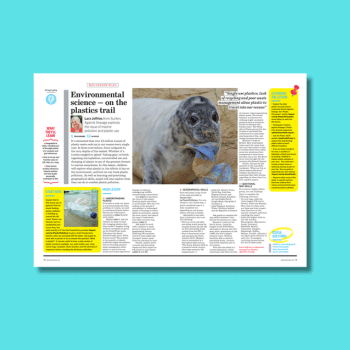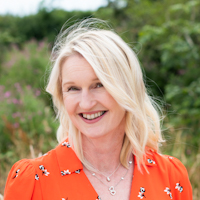Zipped file containing PPDF, word file and PowerPoint presentation
KS2
Years 3-6
In this plastic pollution KS2 lesson plan, explore the issue of marine pollution and plastic use with Lara Jeffries from Surfers Against Sewage…
It’s estimated that over 12 million tonnes of plastic waste ends up in our oceans every single year. Plastic waste flows everywhere, from rockpools to the very depths of the seabed.
Whether it is turtles tangled in packaging and ghost fishing gear, or birds ingesting microplastics, uncontrolled use and dumping of plastic is one of the greatest threats to marine ecosystems.
In this lesson, children will explore what plastic is, the effects it has on the environment, and how we can track plastic pollution. As well as learning and practising geographical skills, pupils will also explore what they can do to combat plastic pollution.
Plastic pollution KS2 learning objectives
Children will learn:
- Geographical skills, including use of the eight points of a compass and grid references.
- How to locate and find the name of UK cities on a map.
- How human activity influences natural systems and how pupils personally contribute to this.
Lesson starter
Explain that in this lesson you’re going to find out where floating plastic pollution is building up around the UK coast.
Plastic has become such an established part of our lives, but what exactly is it? Use the PowerPoint provided to give a brief introduction; teacher notes are provided with the slides.
Ask pupils to work with a partner to try to answer the question ‘What is plastic?’. It may be useful to have a wide variety of plastic products available, e.g. water bottle, pen, chair, carrier bag, computer.
Share answers and the diversity of responses before revealing the dictionary definition.
Lara Jeffries is education manager at Surfers Against Sewage.














